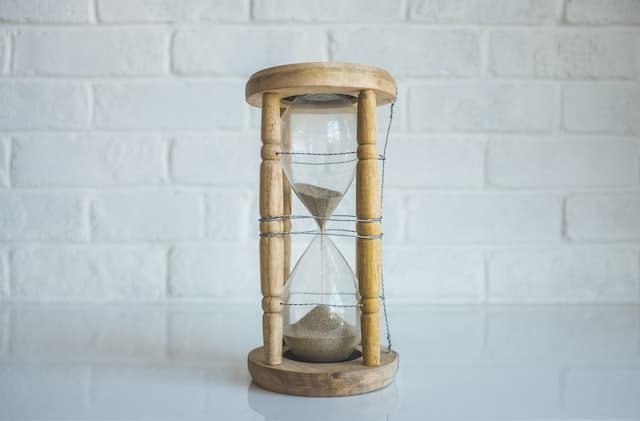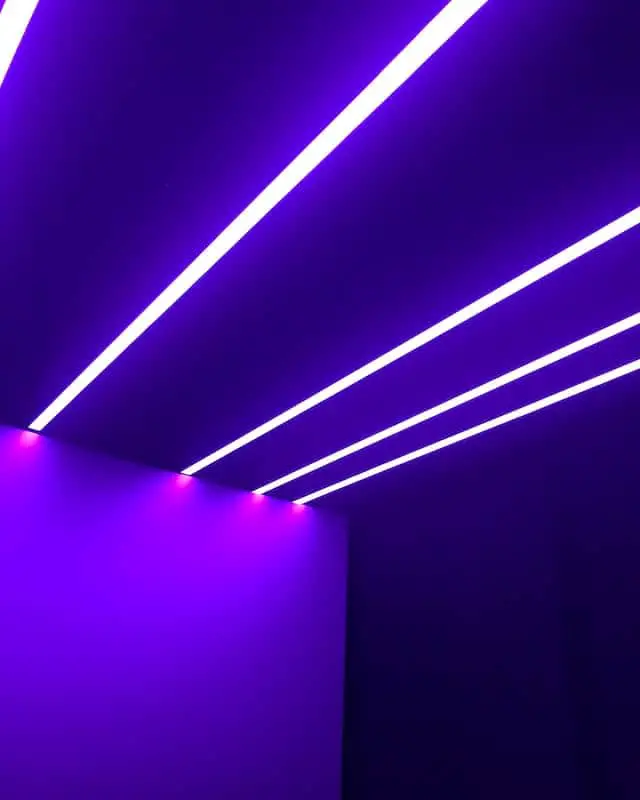UV water filters use ultraviolet light to kill bacteria and viruses in the water. This light is emitted from a UV lamp built into the system, if properly maintained, this UV bulb is the only part that requires routine replacement. But the question is, how long do these systems including their bulbs last, and are there ways to improve service life and minimize cost? This inspired me to look into the topic in more depth and write this article.

As a general rule, most UV filter lamps should last around 12 months or 9,000 hours of constant use. High-end options like some Xylem genuine products can last 18 months or 14,000 hours of continuous use, whereas some budget options often require replacement within 3 months despite claiming to last 12 months.
The lifespan of a UV light is 12 months or 9,000 hours
UV purification filters are relatively inexpensive to operate and an effective method of purifying water. As a general rule, the lifespan of a UV light is around 9,000 hours or 12 months of constant use. However, like any product, there is a range available, with higher quality brands being slightly more expensive albeit they last longer whereas cheaper counterparts have lower service lives. The best option is to choose a price level appropriate for your situation, if your entire household water supply is running through the UV filter, a higher-end model like Xylem-Wedeco which can last up to 14,000 hours will likely suit your situation. However, if it is just an intermittent drinking water supply, a cheaper option off Amazon may suffice like this LSE Lighting option pictured to the right.

Insufficient Maintenance = Poor Performance
If not properly maintained, UV water systems will cease to purify your water to an adequate level. In order to produce clean drinking water and successfully eliminate microorganisms, UV Systems need to be performing well. The two primary factors affecting the performance are cleanliness and the output of the bulb itself. When the system is not clean, the UV light from the bulb is restricted with the UV radiation not reaching all water being processed, leading to bacteria and viruses potentially reaching the tap and being consumed. The same issue can happen with an ageing bulb where it simply isn’t putting out enough energy to successfully radiate all water passing through the system. Both of these outcomes defeat the purpose of owning a UV system as the water being processed is no longer adequate for consumption.
Poor maintenance = higher costs long term
When a UV system is not properly maintained it can lead to the total system failing and needing to be replaced rather than just the bulb. The reason the total system can fail is when old bulbs are left in the system and start to malfunction and overheat. This overheating if not addressed early can lead to long-term destruction of the electronics in the system and eventual replacement of the machine.

Minimize costs by replacing the UV bulb on schedule and keeping it clean
The life of a UV system is limited by the lifespan of its bulb. The bulbs typically last between 12-18 months, depending on usage and conditions. To minimize costs, you will want to maintain your UV system by replacing the UV bulb on schedule and keeping it clean. Keep your filter dry and clean. Keep it away from debris like dust or soil that can cause premature wear on the filter element itself.
This specific maintenance schedule is case-dependent; a harsher water supply with more sediment flowing through the system is going to require significantly more cleaning than a clear lake or reservoir source. The effect of the source water can be minimized by pre-filtering prior to the UV treatment stage as a part of a multi-stage system, this pre-filtering enables the removal of the harshest particles from the water, minimizing wear and tear and also improves the performance of the UV system itself thanks to higher water clarity.

A lamp monitor provides additional feedback on maintenance requirements
An option to get greater feedback on the status of your UV system and any maintenance requirements is to either install an automatic light meter or intermittently check with a manual device. An automatic lamp monitor will alert you when the UV water filter reaches its end of life, or when it needs cleaning. This is a great option to take the stress out of remembering to keep up to date and also prevents unnecessary cleaning and replacement. Automatic lamp monitors are generally not that expensive and can be found at your local hardware or even some pet stores. The third option is to check the monitor manually with a meter, although slightly more cumbersome as you need to get access to the bulb in order to get feedback, these are another cheap easy option.
Alternatively, you can replace your bulb every 12 months regardless of its performance.

Alternatively, you can replace your bulb every 12 months regardless of its performance or usage. This is a simple bulletproof plan to ensure adequate performance. This option may cost slightly more initially as you could be replacing bulbs that still have life left in them, however, it may also save money in the long run if there’s a chance you might forget to replace or clean the bulbs.
If this sounds like a good idea to you — and don’t worry, it isn’t as crazy as it sounds—here are some things to keep in mind:
- The recommended lifespan for a bulb is 12 months (or 24 months if using an alternative method). It’s still possible for them to work after this point but not as effectively.
- Thankfully, UV bulbs are now almost exclusively LED‘s which means changing bulbs in and out is a simple and clean process, previous fluorescent bulbs were quite dangerous and often required service technicians for any maintenance.
Although inexpensive, the maintenance costs can add up.
UV purification is a very economical method of water purification, but there are some maintenance costs associated with it. UV Purifiers are inexpensive compared to other methods of water purification such as RO or distillation. However, UV lamps need to be replaced occasionally and filters need to be cleaned regularly. These maintenance tasks can add up over time, so it’s important to minimize their cost and maximize the longevity of your UV system by following these tips:
- Change the UV lamp in line with the above paragraphs
- Clean the filter at least once per month or as required.
https://ww2.health.wa.gov.au/Articles/U_Z/Ultraviolet-disinfection-of-drinking-water
https://www.xylem.com/en-gr/products–services/treatment-products-systems/disinfection-and-oxidation/uv-disinfection-systems/tak-smart-uv-disinfection-system/


